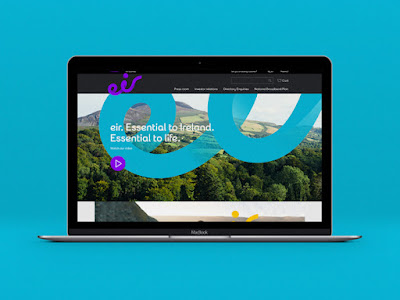Vignelli's aim in publishing this book was to better inform young designers of typographic principles in the hope of improving their design skills, as he believed that "creativity needs the support of knowledge to be able to perform at it's best".
Part one focuses on what he calls 'the intangibles', which includes ideas on topics such as appropriateness and discipline, with the most important aspects of design, in his opinion, being semantics, syntactics and pragmatics.
Semantics refers to the search for meaning of whatever it is we have to design. Vignelli believed that this can be achieved in any project through researching the history of the subject to better understand the nature of the project and to find the most appropriate direction for design development. He stated that "design without semantics is shallow and meaningless, but unfortunately ubiquitous". In order to completely understand a subject in all of it's aspects we much relate to the receiver as well as the sender so that it makes sense to both, which means to say the design must have meaning.
I believe Vignelli is both right and wrong in his opinions of semantics. I believe that for a work to be more informed, it should have a meaning behind it. However, there will always be some form of meaning behind everything we do, even if we may not be aware of it, therefore nothing we ever do is meaningless.
The idea of syntactics is the discipline that controls the proper use of grammar in the construction and articulation of phrases and design language. In graphic design this concerns the use of grids, typefaces, text, and illustrations, for instance. For a design to be consistent there must be an appropriate relationship between various syntactical elements in a project. For example, how type relates to the use of grids and images, and how type sizes relate to each other.
In terms of pragmatics and discipline, Vignelli believed that "whatever we do, if not understood, fails to communicate and is wasted effort" and "without it [discipline] there is no good design, regardless of style", suggesting that design without discipline is anarchy. These ideas relate back to his ideas of semantics, that if there is no meaning behind a piece of work or the meaning is not communicated effectively, then that piece of work is useless. However, nothing is a wasted effort. Even if a piece of work does not effectively communicate the desired message, through the time and work put into such piece of work so much will have been learnt to help you grow as a designer. It allows you to see where you went wrong and what needs improving, whilst also learning new skills that can help to inform your own practice as a graphic designer.
Part two focuses on 'the tangibles', which includes typefaces, grid systems, colour and layout. In terms of typography, Vignelli's main belief was "I don't believe that when you write dog the type should bark", suggesting he prefers more objective approaches. He believed that there are six typefaces which should only ever be used and these are: Futura, Helvetica, Bodoni, Century Expanded, Times Roman and Garamond. The idea that 'type should not bark', I believe, depends on it's appropriateness and how it is used. If used in an appropriate way, decorative fonts could be quite effective in communication, such as in aid of the teaching of a young child. However, not all type needs to be like this, therefore there should be a balance when considering such elements.
In relation to these ideas of typography, Vignelli also believed that the relationship between type and paper sizes is an important aspect of design. He believed, for instance, that the size of the type should not be increased to make the message louder, and calls this "intellectual vulgarity". White space provides silence amongst a design and this should be the essence of all typographic designs.
Overall, Vignelli is an extremely opinionated designer. In terms of this publication acting as an aid to help young designers in their practice, most of the ideas and principles should be considered but interpreted in an individual way. Otherwise you would not develop your own sense of style and informed design practice, but instead regurgitating Vignelli's own personal opinions.
 The main pieces of advice I gained from this talk was to:
The main pieces of advice I gained from this talk was to:



















